Resist, accept or direct? Climate change scientist to study adaptation strategies in Acadia
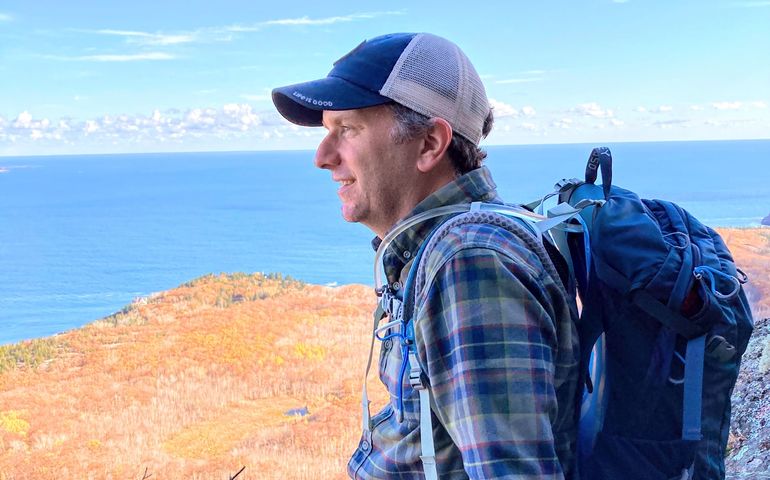 Courtesy / Schoodic Institute.
Chris Nadeau, Schoodic Institute’s new climate change adaptation scientist, will base his studies on a newly developed framework for climate change.
Courtesy / Schoodic Institute.
Chris Nadeau, Schoodic Institute’s new climate change adaptation scientist, will base his studies on a newly developed framework for climate change.
Extreme storms, rising sea levels, erosion, the increasing survival of invasive pests — these are just some of the climate change impacts Acadia National Park is seeing.
In response, the Schoodic Institute in Winter Harbor has announced the appointment of a climate change adaptation scientist to evaluate how Acadia and other national parks can adapt.
Chris Nadeau will build on the Winter Harbor nonprofit research center’s work evaluating how the National Park Service and others can adapt management practices to the changing climate.
Nadeau will oversee experimental habitat restoration in the Great Meadow, Bass Harbor Marsh and on mountain summits.
Nadeau’s training – including experimental design, statistics and modeling the impacts of climate change on species — will expand and complement work by the science team at Schoodic Institute, located within Acadia National Park and the largest of 18 National Park Service research learning centers in the United States.
Earlier this year, the park received $500,000 in federal money to shore up the 100-acre Great Meadow Wetland, Acadia’s largest freshwater wetland, home to a variety of birds, fish and other animals, and a vast recreational attraction. Acadia also received $400,000 from the federal government to address sea level rise in Bass Harbor Marsh, Acadia’s biggest salt marsh.
Last year Schoodic Institute President and CEO Nicholas Fisichelli, a forest ecologist appointed to the position in 2020, completed a new decision framework designed to help park managers decide whether to resist climate change impacts, accept new conditions, or direct a desired future.
For example, managers anticipate a shift in tree species from spruce and fir to oak and other temperate deciduous hardwoods. They are actively resisting the ecological trajectory that leads to forest loss by controlling invasive shrubs and vines and identifying areas of climate refugia, which are “areas that remain relatively buffered from contemporary climate change over time," according to the USDA. At the same time, the arrival of new tree species into the forest is accepted while also evaluating options for directing forest transitions through tree planting experiments.
Following guidance from the newly developed resist-accept-redirect framework, Nadeau will take advantage of active restoration projects to evaluate the effectiveness of a suite of different climate change adaptation strategies to ensure the actions taken today – for example, invasive plant removal and native plant restoration – continue to benefit people and biodiversity.
Nadeau has a long history of working with Schoodic Institute and Acadia National Park to address management challenges posed by climate change. As a Second Century Stewardship fellow, he used freshwater rock pools on Schoodic Point to demonstrate the enormous conservation value of small, cold locations on the landscape for conserving biodiversity. Then as a David H. Smith Conservation Research Fellow, Nadeau developed the Sustainable Summits Project, which seeks to understand whether increasing genetic diversity of restored plant populations can ensure the long-term success of habitat restorations on mountain summits such as Cadillac Mountain.
Fisichelli said Nadeau’s expertise in scientific communication will help advance the institute’s efforts to raise understanding and support for conservation.
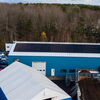


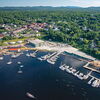



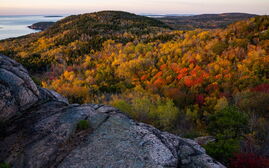

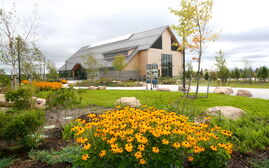




0 Comments